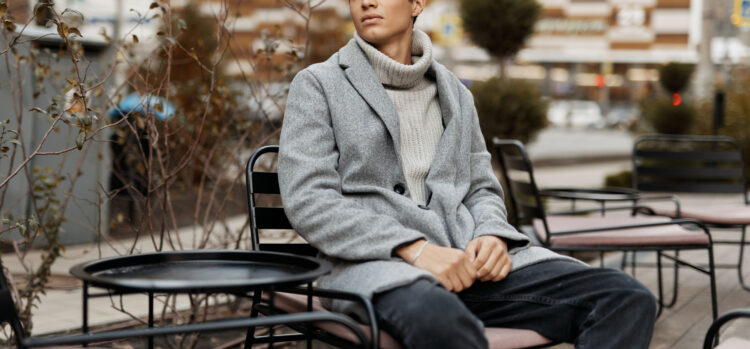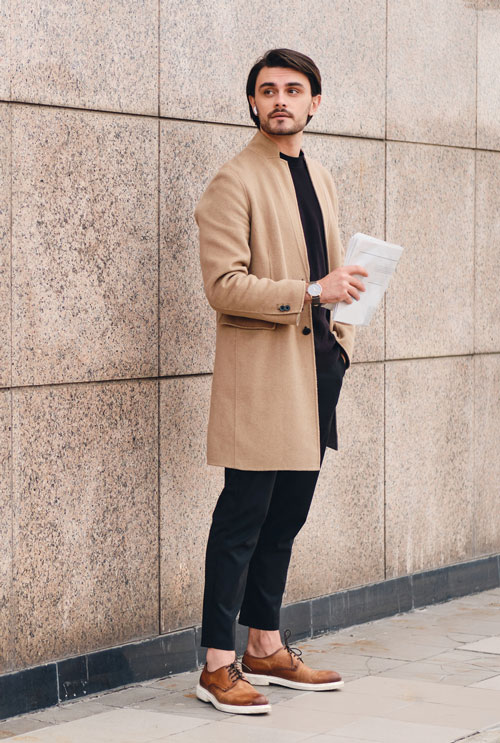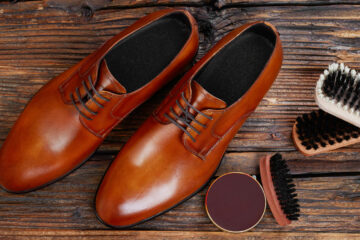Transition Your Wardrobe from Summer to Fall

As the days grow shorter and the air begins to carry that familiar crispness, there’s a subtle but unmistakable shift happening all around us. Summer’s vibrant energy, with its lightweight fabrics and carefree outfits, begins to give way to the cozy, textured charm of fall. It’s a transition we feel not just in the weather but in the way we want to dress—suddenly, it’s about layering up, finding comfort in thicker fabrics, and embracing deeper, richer colors.
But if you’re anything like me, that shift can feel a little overwhelming. You might stand in front of your closet wondering how to let go of your favorite summer pieces while also being ready to embrace the warmth and sophistication of fall fashion. The good news? You don’t have to overhaul your entire wardrobe. Instead, think of it as an opportunity to evolve your style by making thoughtful adjustments—pairing that breezy summer shirt with a tailored jacket or adding a cozy scarf to your staple looks.
This guide is all about helping you take those well-loved summer pieces and elevate them for fall. We’ll explore the art of layering, selecting transitional pieces, and making your wardrobe work seamlessly across seasons. With a few simple changes, you can step into fall not only ready for the weather but ready to make a statement. Let’s embrace the season of change with style, ease, and a little bit of creativity.
Layering for Comfort and Versatility
A practical way to shift your wardrobe from summer to fall is through layering. This method not only keeps you warm as the weather cools but also allows you to create flexible outfits using your summer clothes. The trick is to start with your lighter items and add autumn-friendly layers.
You can continue wearing short-sleeve shirts, polos, or t-shirts by combining them with sweaters, jackets, or blazers. For example, a plain white shirt can still be used in fall when paired with a denim or leather jacket for added warmth. Layering is also about mixing different textures—try matching smooth fabrics like cotton with thicker materials such as knitwear or jackets to create balanced outfits.
Another advantage of layering is that it gives you options. If the temperature changes during the day, you can remove or add layers as needed, making sure your look stays comfortable and adaptable.
 Incorporating Fall Shades and Fabrics
Incorporating Fall Shades and Fabrics
As fall approaches, your wardrobe can start including deeper, warmer colors. Tones like dark green, earthy brown, mustard, and burgundy fit perfectly for this time of year. These shades not only reflect the fall season but also mix well with each other in various outfit combinations.
In terms of fabrics, it’s time to shift toward heavier materials such as wool, suede, and corduroy. These fabrics offer better insulation and durability for the colder months. You can swap out lighter summer materials like linen for thicker trousers made of wool or corduroy, which help give your outfits a more autumnal feel.
By pairing your summer pieces with these richer fabrics and colors, you can easily create a wardrobe that’s ready for fall while still staying true to your personal style.
Accessories: The Finishing Elements
Accessories are an easy way to complete your fall outfits. Items like scarves, gloves, and hats not only provide extra warmth but also enhance your overall look.
For example, a scarf in a bold fall color can add character to a simple outfit, while leather boots or belts can bring a more structured and polished feel. Adding fall-specific accessories allows you to try new styles without changing your entire wardrobe. These small touches can update your outfits and keep them in tune with the season.




